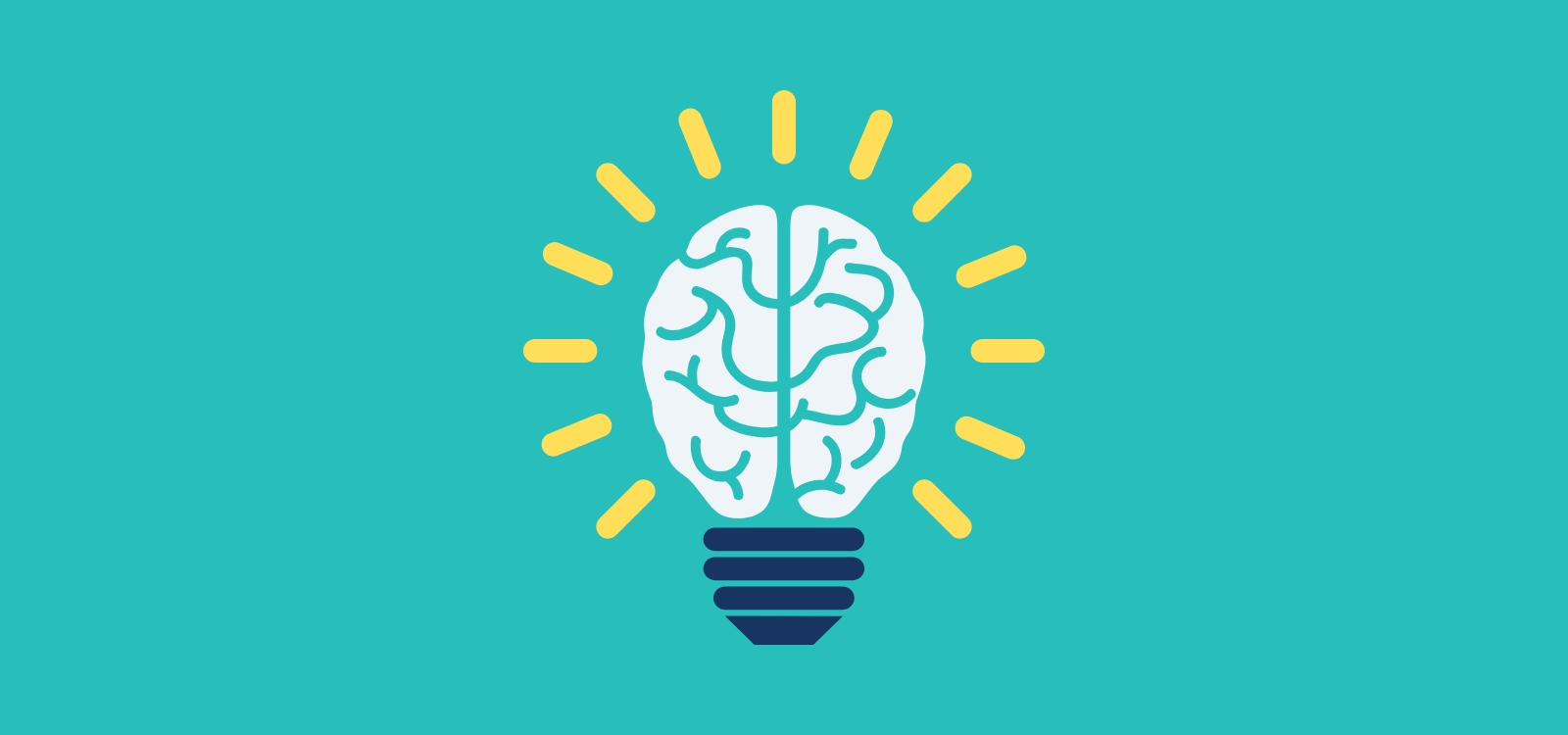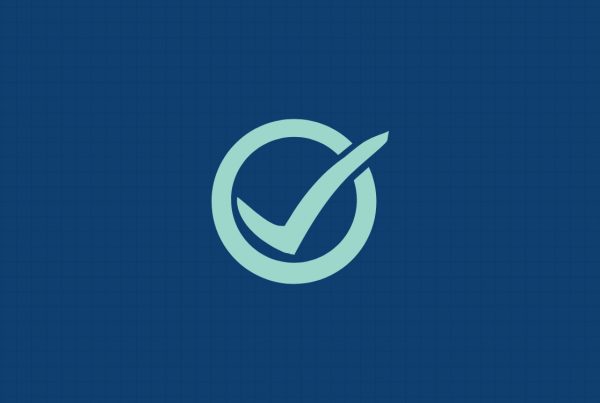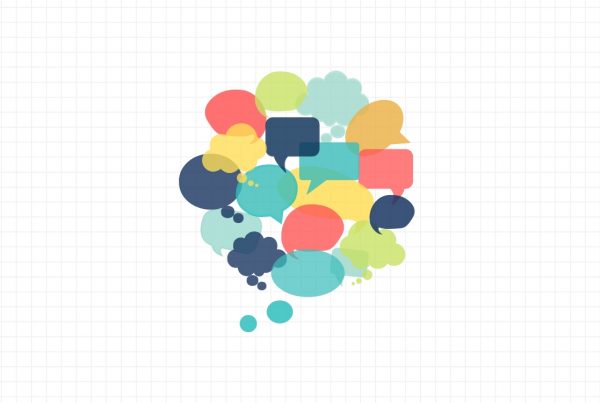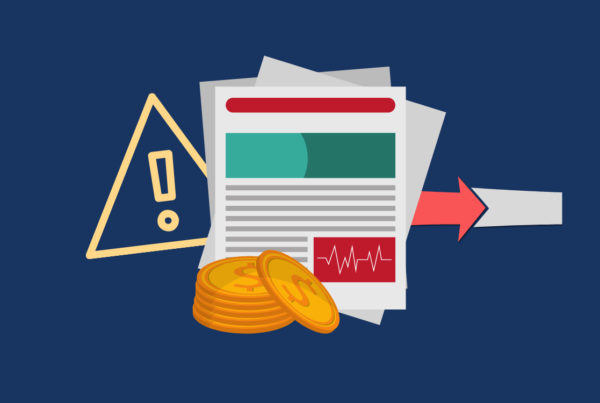At Ascent, we strive to approach each and every challenge with this mindset that promotes first of all empathy, then understanding, then innovation, and finally a “best-fit” solution.
By Subha Sriram, VP Product
A design thinking mindset is perhaps one of the most important assets for a company as it searches for innovative solutions to problems both anticipated and unexpected. At Ascent, we strive to approach each and every challenge with this mindset that promotes first of all empathy, then understanding, then innovation, and finally a “best-fit” solution.
What is Design Thinking?
Design thinking synthesizes analytical, divergent, and convergent thinking in the various stages of its workflow to finally arrive at the optimal solution.
The term “design thinking” can be traced back to 1987; however, the concept of design thinking has been around for much longer than that. The design thinking model stands as a counterpoint to the more traditional method of problem solving.
What are the differences between these two schools of thought?
The “traditional” approach starts out with a clearly delineated problem. Then, a consensus solution to that problem is proposed. The bulk of the problem solving in such a methodology involves moving through a linear series of steps until the consensus solution is finally achieved, or revised according to its utility.
Design thinking, on the other hand, turns such a process on its head. Problem-solvers strive to examine a number of divergent solutions at the outset of the process, and then test such solutions to determine their “fit.” Design thinking synthesizes analytical, divergent, and convergent thinking in the various stages of its workflow to finally arrive at the optimal solution.
Customer-Obsession Creates Better Outcomes
Active listening makes it that much easier for our customers to buy into our solution. They become stakeholders from day one, which is a win for everyone involved.
Customer-obsession is one of our core values. Being a customer-centric company means that our approach to problem-solving reflects our keen interest in empathizing with our customers, understanding the root cause of their frustrations and pain points, and designing systems and services that specifically meet their unique needs.
The design thinking methodology provides the freedom we need to actively listen to our customers from the very start of the problem-solving process. It’s easy to sit behind a desk and say: “This is what you need.” But when designers go beyond just serving briefs and make it a point to hear out the customer with an open mind, then the end solution is almost inevitably superior to what may have been our original conception.
As an added benefit, our active listening makes it that much easier for our customers to buy into our solution. They become stakeholders from day one, which is a win for everyone involved.
How We Implement Design Thinking
Of course, as with any high-level concept, design thinking needs a framework of practical application to be useful in the real world. What we do at Ascent is utilize design sprints to help us meet customer needs – and design thinking is an integral part of such sprints.
Our design sprints are adapted from the popular Google Design Sprint methodology. Our process involves 5 key steps:
- Conducting empathy interviews. We make it a point to be transparent and open with our interview subjects. We don’t always know the best-fit solution for their problems, which is why we probe, and dig, and explore their perspective. It’s vital that in this initial stage, we don’t try to interject our own values or perspectives into the conversation. This is all about them being heard; our role is to listen, clarify, and confirm.
- Selecting a target focus. Once we’ve consolidated and analyzed all the data from our interviews, we determine what our design focal point should be. We come up with some preliminary sketches to serve as a rough outline of our objectives and potential solutions.
- Prioritizing sketches. Next, we prioritize the sketches according to several criteria, such as how well the proposed solution would meet our objectives, its practicality, its functionality, and so on.
- Prototyping the experience. We then begin work on a prototype, or multiple prototypes, and look to stitch together the whole experience. We want to present the end-to-end experience that we hope our customers will enjoy upon the project’s completion.
- Conducting usability sessions. Finally, we once more enlist the participation of our customers and stakeholders via usability sessions. We gather feedback from our customers, and begin iterations of the base design.
By implementing design thinking in such a way, we’ve been able to streamline our entire design process, involve our customers from start to finish, and provide the best possible solutions, instead of simply the most convenient.
Design Thinking in Action
Design is ultimately an expression of how humans can efficiently and effectively perform the job at hand. It’s not just a means to an end – it is an integral part of the final product.
Here’s an example of the value of design thinking in action here at Ascent:
We had been receiving feedback from our customers that they wanted an easy, intuitive way to navigate a specific feature. Because this aspect of our platform was not intuitive, customers were not finding the information they were looking for quickly enough, which actually led to them questioning the credibility of the product. Yikes! This is a classic example of the importance of empathy: while this issue may not have seemed so important from our end (because we know first-hand from building the product that the data is right), the customers didn’t have that level of transparency or product knowledge and therefore could only assume that an inability to find the information in the way they were accustomed to meant that was a problem with the information itself.
We took measures to more fully understand the scope and nature of this problem. We initiated a two-and-a-half-week design sprint, and adhered to our 5-step design thinking process. We conducted interviews with a variety of customers and internal stakeholders. We took the resultant information, sketched, prioritized, and prototyped, and finally began usability testing.
In the end, the results were overwhelmingly positive. Our customers were thrilled that we had not only listened to their concerns, but had taken proactive measures to overcome the challenges that they were facing. Even though this design sprint resulted in a fundamental paradigm shift in the way we processed rule updates, in the end our customers and stakeholders were completely satisfied, and we learned a lot from the whole experience.
Great Design is More than a Means to an End
At Ascent, design thinking is an integral part of what we do, and its principles of empathy, listening, and humanity are a reflection of who we are as a team.
Design is ultimately an expression of how humans can efficiently and effectively perform the job at hand. It’s not just a means to an end – it is an integral part of the final product.
Interested in joining us? Check out our open roles below.








